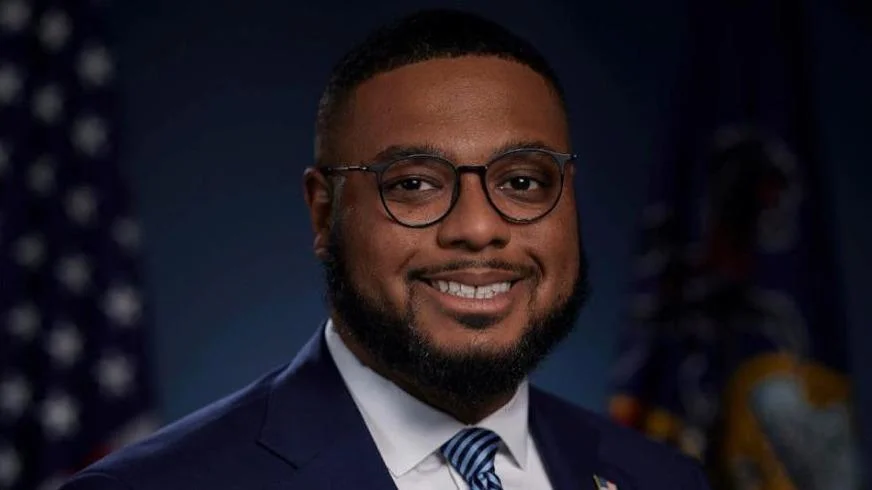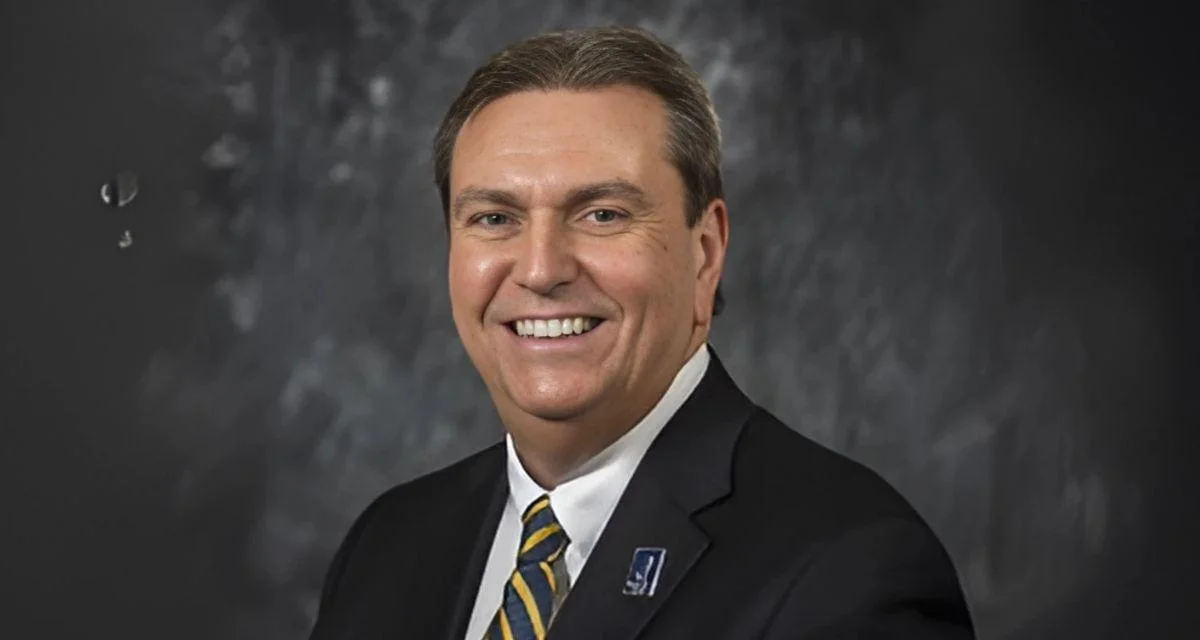
Texas Gov. Greg Abbott
Amid an unprecedented public health crisis, classrooms across the state have sat empty for nearly a month with no end in sight.
The closure has frustrated parents, educators and students alike, but officials in the Texas school system are working to ensure that despite the pandemic, the opportunity for innovation isn't lost.
Elena Silva of New America, a think tank, told The Economist that most parents are worried about how the extended school closures will affect their children's education, and that the majority of American schools weren't equipped for teaching online.
“Most states are not that prepared. This is a moment of forced opportunity," Silva said.
Regardless of any lack of preparation, the Texas Public Policy Foundation (TPPF) said that there are educational innovations likely to emerge from the crisis.
Today most kids in America are stuck at home instead of in the classroom," TPPF legislative fellow Austin Griesinger told Education Daily Wire. "In many places that's going to be the norm for probably the rest of the semester or even beyond. One of the biggest ways states could respond is by increasing access to virtual education.
"Additionally, schools that haven't done so before may see the benefits of blended."
The state education system is one of the many that could have been much more prepared for the COVID-19 crisis, according to Griesinger. He noted the underdeveloped state of the Texas Virtual Schools Network, TxVSN, and credited the program's shortcomings to legislation in 2013 that placed a moratorium on full-time TxVSN providers.
"As a result there are only a handful of districts of districts and charter schools that are allowed to offer full-time programs in Texas," he said. "The state also limited the number of supplemental online courses a student is allowed to take through the TxVSN Statewide Catalog. Those are just a few of the restrictive barriers."
Emily Sass, policy director for the Next Generation Texas Campaign at the TPPF, said the solutions are being developed for remote learning.
"But it shouldn't have taken a crisis like this for them to be given that ability," Sass told Education Daily Wire. "If we can remove the legislative barriers to district innovation, we can create quality solutions faster and be more prepared to serve students on a broad range of circumstances."
Sass said that Gov. Greg Abbott and Education Commissioner Mike Morath should exercise their authority during the COVID-19 crisis to "make changes that would allow Texas to respond and keep students learning." She said federal funding is available that could cover some of the costs of developing those remote education innovations.
Last week the TPPF sent a letter to the governor and education commissioner with 10 recommendations for developing remote educational access, including the abolishment of the 2013 moratorium, lifting the three course limit in the TxVSN catalog and offering virtual resources to all grades instead of just high school.
Texas schools will remain closed through the academic year.





 Alerts Sign-up
Alerts Sign-up